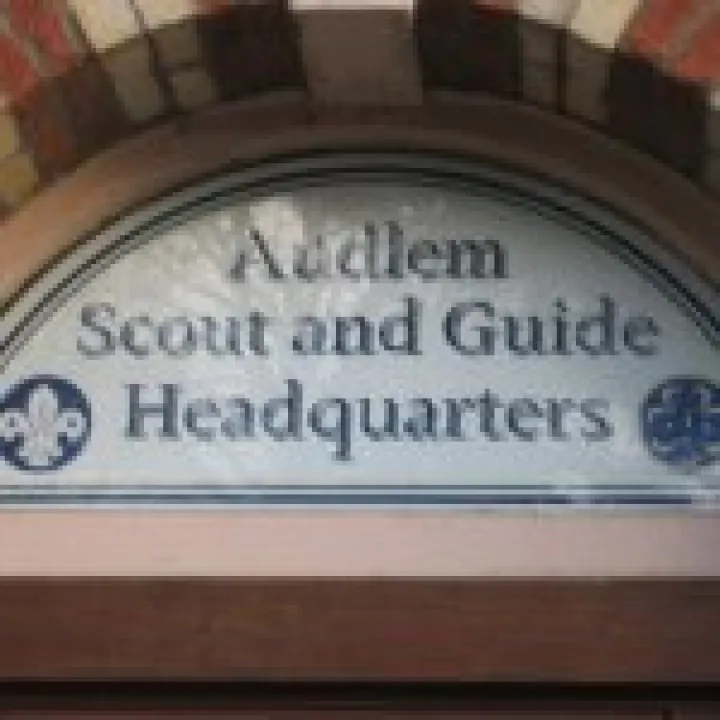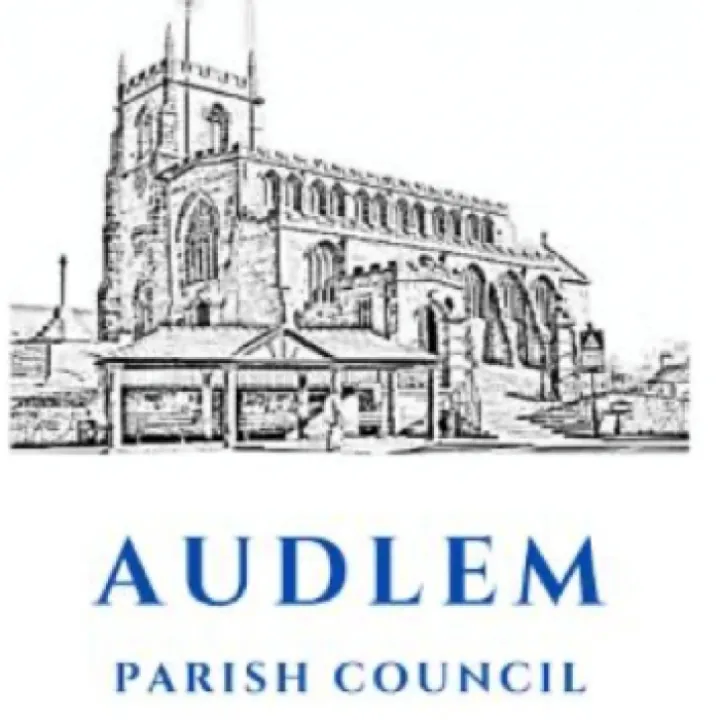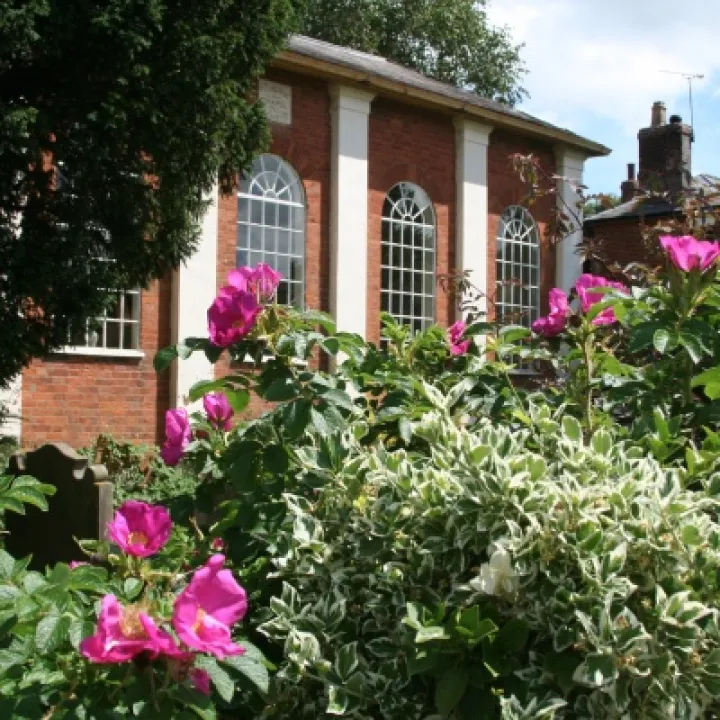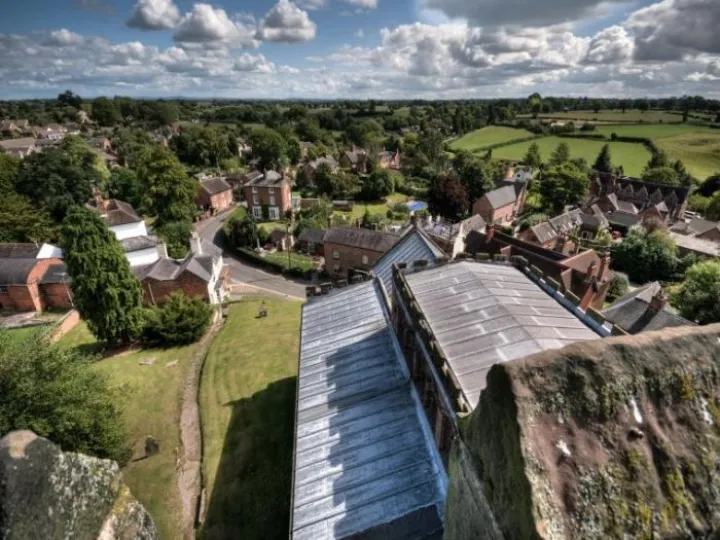







The Ladbroke Grove rail crash
(also known as the Paddington rail crash) was a rail accident which occurred on 5 October 1999 at Ladbroke Grove in London, United Kingdom. With 31 people killed and more than 2581 injured, this remains one of the worst rail accidents in Britain. This was the second major accident on the Great Western Main Line in just over two years, the first being the Southall rail crash of September 1997, a few miles west of this accident. Both crashes would have been prevented by an operational automatic train protection (ATP) system, wider fitting of which had been rejected on cost grounds. This severely damaged public confidence in the management and regulation of safety of Britain's privatised railway system.
A public inquiry into the crash by Lord Cullen was held in 2000. Since both the Paddington and Southall crashes had reopened public debate on ATP, a separate joint inquiry considering the issue in the light of both crashes was also held in 2000; it confirmed the rejection of ATP and the mandatory adoption of a cheaper and less effective system, but noted a mismatch between public opinion and cost-benefit analysis. The Cullen inquiry was carried out in two blocks of sittings, sandwiching the 'joint inquiry'; the first block dealt with the accident itself, the second block dealt with the management and regulation of UK railway safety; this had always been part of the inquiry terms of reference, but was given additional urgency by a further train crash at Hatfield in October 2000. Major changes in the formal responsibilities for management and regulation of safety of UK rail transport ensued.
Immediate cause
The immediate cause of the disaster was the Turbo train passing a red signal (numbered SN109 on gantry 8 overhead beside four signals serving other tracks) at which the train should have been stopped. The signal had been showing a red aspect, and the preceding signal (SN87) had been showing a single yellow which should have led the driver to be prepared for a red at SN109. Since the driver, 31-year-old Michael Hodder, had been killed in the accident, it was not possible to establish why he had passed the signal at danger. However, Hodder was inexperienced, having qualified as a driver two weeks before the crash. His driver training was found to be defective on at least two grounds: assessing situation-handling skills, and notifying of recent local incidents of Signals Passed at Danger (SPAD)
The local signals were known to have caused mistakes – SN109 had been passed at danger on eight occasions in six years, but Hodder had no specific warning of this. Furthermore, 5 October 1999 was a day of bright sunshine and at just past 8 o'clock the sun would have been low and behind Hodder, with low sunlight reflecting off yellow aspects. Poor signal placement meant that Hodder would have seen sunlit yellow aspects of SN109 at a point where his view of the red aspect of SN109 (but not of any other signal on the gantry) was still obstructed. The inquiry considered it more probable than not that the poor sighting (sight lines) of SN109, both in itself and in comparison with the other signals on and at gantry 8, allied to the effect of bright sunlight at a low angle, were factors which had led Hodder to believe that he had a proceed aspect. Since 1998 a campaign to have the signal SN109 properly sited had been running, and the Bristol-bound HST drivers had been re-routed not to pass the signal.
This article is from our news archive. As a result pictures or videos originally associated with it may have been removed and some of the content may no longer be accurate or relevant.
Get In Touch
AudlemOnline is powered by our active community.
Please send us your news and views using the button below:
Email: editor@audlem.org





